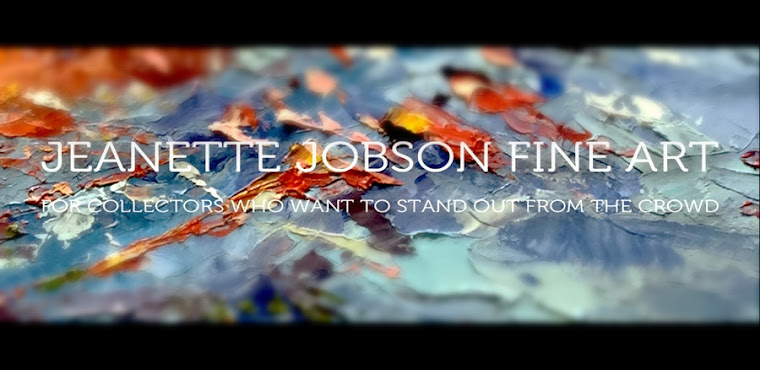Artists look at objects differently than most people. They observe detail in shape, value, colour that differ from what their 'left brain' tells them should be there. The analytical side of the brain tells us that an apple is round and red. Wrong. Even if round and red, there are many changes in colour and shape that occur and must be translated into a drawing or painting for it to look recognizable as an apple.
Learning how to observe is one of the most important elements of learning to draw and one of the techniques I use in drawing workshops is blind and continuous contour drawing. This focuses the mind on exploring an object and blocks out the analytical side which keep trying to tell you how something should look, instead of how it actually looks to your eyes.
Blind contour drawings are done by observing an object and drawing it without looking at the drawing as it progresses. The tip of the pencil never leaves the surface of the paper and you are forced to really look at the nuances that occur in the subject instead of comparing it to the drawing.
Continual contour drawing takes it up a notch by allowing you to look at the drawing and the subject but still never allowing the tip of the pencil to lift from the paper surface. It forces you to observe and make decisions on what areas will have crossed lines and where they should go in creating the drawing.
Neither blind or continuous contour drawing could be called realistic but they are often quite abstract and beautiful. These are a couple of demonstration drawings that I completed in a drawing class this morning. The moment when a student really starts to understand how their observation translates from preconceived 'left brain' drawing into true representation of an object is amazing and always makes me smile. I see lightbulbs fill the studio classroom as it happens and I will never become tired of that moment, because I know people are heading down the path of learning how to really see.

.jpg)
.jpg)

.jpg)

